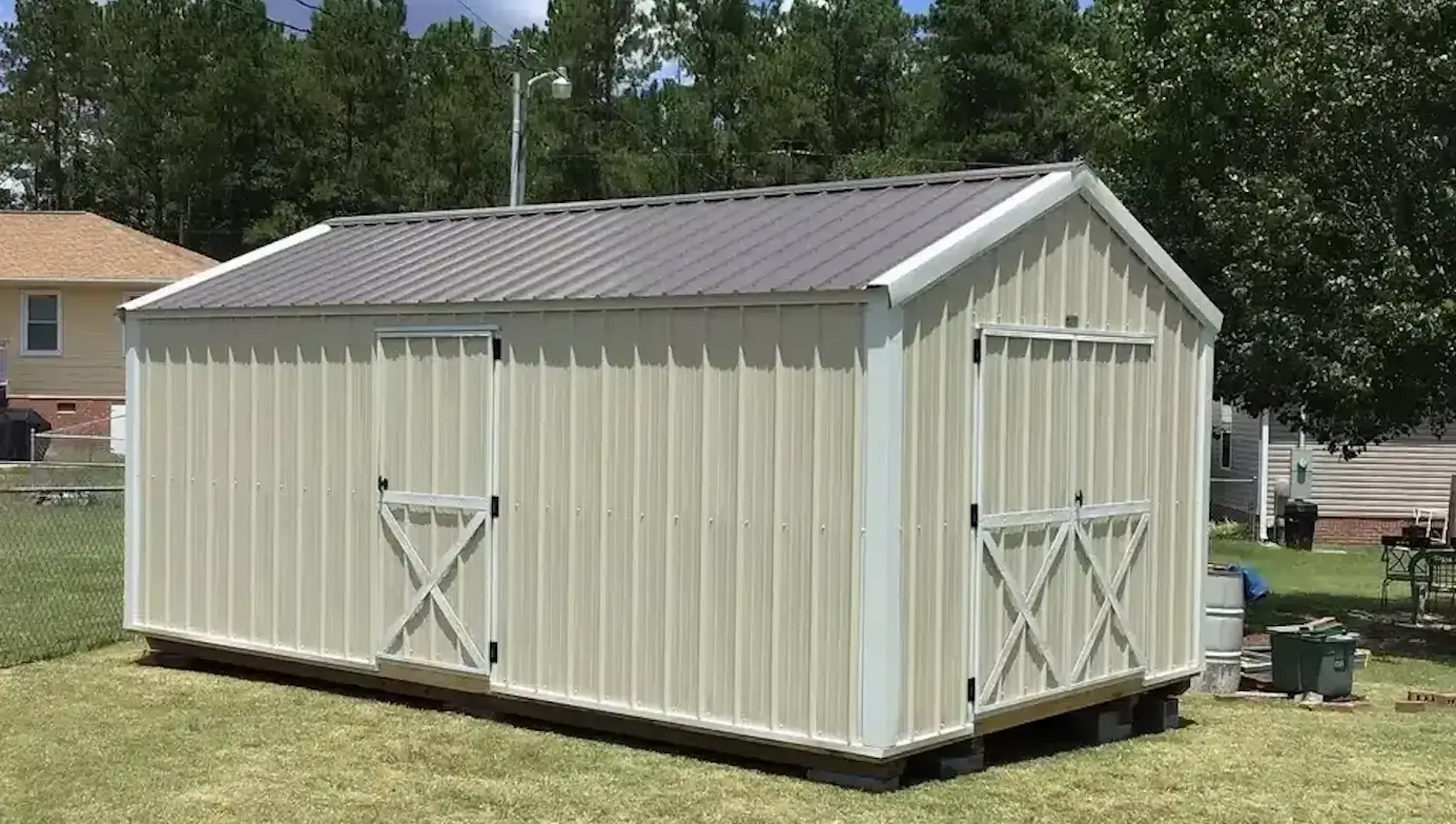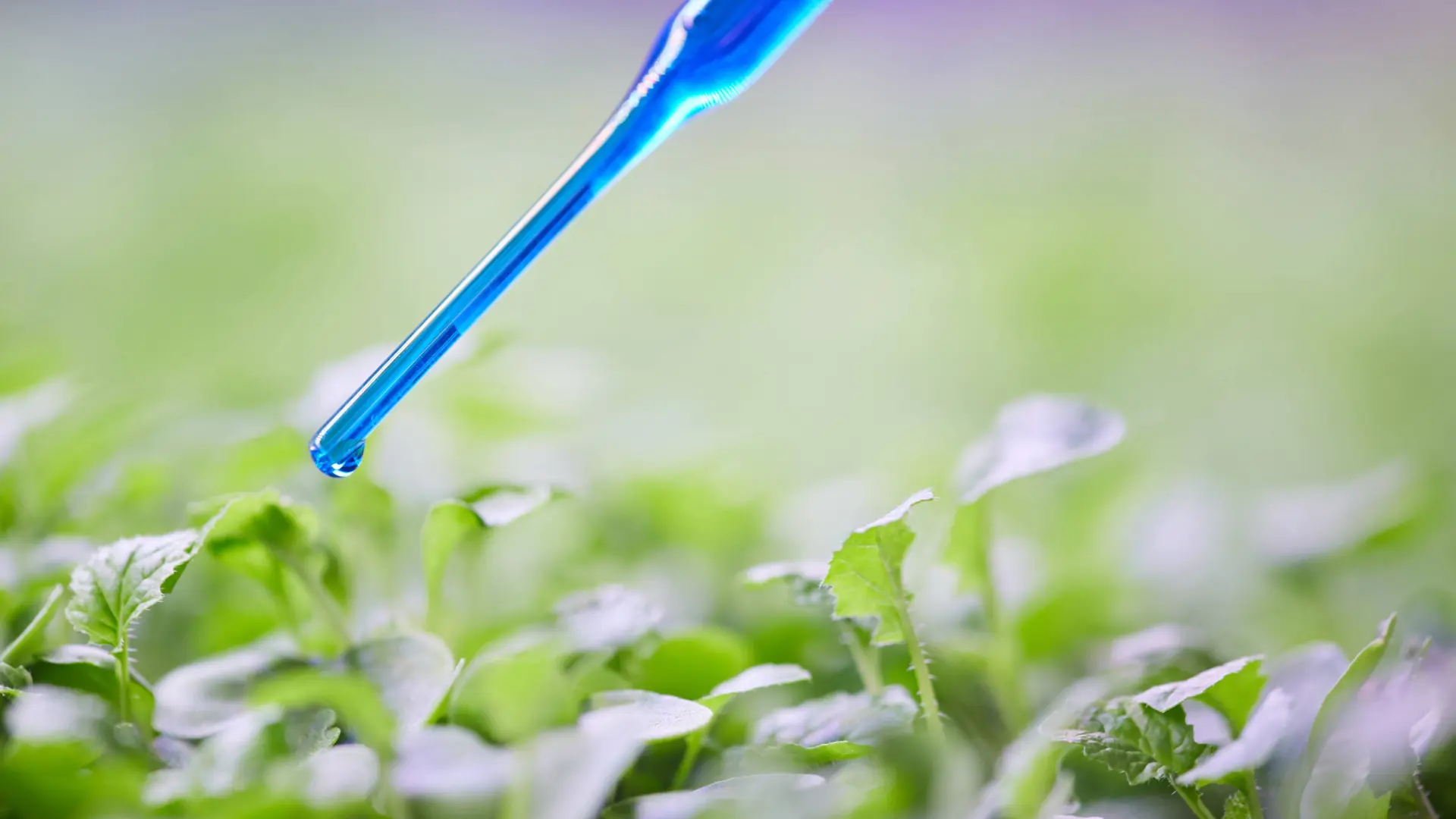
August 24, 2025

What if you could somehow grow plants healthier, faster and maybe even more sustainably, all while consuming less inputs and less water and leveraging smarter systems? In today’s agriculture and horticulture, it's no longer a matter of working harder - it's about feeding smarter. And that’s where liquid fertilizer systems have the edge, changing how nutrients are applied, measured, and absorbed.
Traditional feed methods are struggling to serve modern growers and precision plant feeding as enabled by fertigation, drip feeding systems, and smart garden irrigation, soon to be superpowers! These aren’t just buzzy tools — they’re novel solutions that help growers save resources, increase yields, and maintain the long-term health of plants and soil.
With pioneers like Phive8, Geoponics, EZ-FLO, and Bio520 at the forefront, there’s no reason not to make the change for greener fertilization as you get the most out of each drop of sweat.
Fertilizing in liquid form is the act of feeding your plants through water. This process guarantees that plants have access to nutrients in a form that they are able to absorb directly, either through their roots or leaves.
Key Features:
While dry fertilizers slowly release nutrients to the plant, liquid organics make nutrients available quickly. This allows growers to be more accurate and flexible.
| Feature | Traditional Fertilizer | Liquid Fertilizer |
|---|---|---|
| Nutrient Release Time | Slow | Immediate |
| Application Flexibility | Limited | Versatile (soil, foliar, drip) |
| Risk of Nutrient Waste | Higher | Lower |
| Ease of Adjusting Formulation | Inflexible | Highly adaptable |
| Environmental Impact | Often higher | Typically lower |
Precision feeding is all about dialing in the precise nutrient blend based on plant type, growth stage, and growing environment. The formulas of liquid systems are easy to adjust, if necessary.
Benefits:
Combining liquid fertilizers with smart irrigation systems (such as drip systems) boosts water efficiency a great deal. Rather than drenching whole plots, nutrients are pumped directly to the root zone.
Water-saving Advantages:
The demand for food security across the planet continues to grow, and with it the transition to a smarter, greener modern agriculture. Foremost among them are organic liquid fertilizers that stimulate plant growth but minimizing environmental impact. For the sake of comparison, natural compounds produce less greenhouse gas emissions and also help soil health.
Supported by modern precision agriculture, today’s liquid feed systems provide well-placed fertilizer applications of the most important nutrients, such as N, P, potassium based fertilizers. This level of precision means they can get more yields, and less waste and leaching — quite an advantage for growers in water-stressed regions.
Fertigation is a combination of fertilization and irrigation. They can also use irrigation systems to inject nutrients into the water, feeding plants while watering them.
This method allows for consistent nutrient application, improving efficiency and simplifying plant care, whether for a greenhouse, home garden, or large-scale farm.
Fertigation advantages:
Drip systems and fertigation are old friends. Drip emitters provide small, precise amounts of water and nutrients directly to a plant’s root zone.
This ensures plants absorb maximum nutrients with minimal waste.
Why it works well:
Smart irrigation devices — such as timers, moisture sensors, and Wi-Fi-enabled controllers — help take the guesswork out of garden care. When used with foliar fertilization, they make a strong combination as an automated system for the best possible plant growth.
Resource-saving benefits:
These setups help you care for your garden sustainably — even if you’re a total novice.
| Feature/Benefit | Traditional Fertilization | Advanced Fertigation Systems |
|---|---|---|
| Nutrient Delivery | Surface-level, often uneven | Direct to root zone, accurate and even |
| Water Usage | Typically high, risk of runoff | Water-saving, less waste |
| Labor Intensity | Requires manual application | Automated, low maintenance |
| Environmental Impact | Heavy runoff and possible contamination | Environmentally-friendly, low-leaching |
| Feeding Schedule | Periodic, infrequent | Consistent and programmable |
| Soil Health Over Time | Potential salt buildup | Maintains soil balance and biology |
| Adaptability | Static approach | Integrates with smart systems & sensors |
| Efficiency | Lower nutrient absorption rates | High nutrient uptake and minimal waste |
With EZ-FLO, you have more than just a fertigation system – you have a better, simpler way to grow better, greener landscapes. Easy to install on all systems and designed to be the most economical way to fertilize, EZ-FLO makes plant feeding virtually hands-free.
Whether you are maintaining a backyard garden or a 100-acre commercial landscape, EZ-FLO delivers professional-grade fertigation to your own backyard with no power, no hassle, and no better results.
Precision drives each EZ-FLO system. The food is delivered straight to the water lines to promote fast and consistent growth from one end of your yard to the other. But unlike conventional fertilizers that stay on the surface or wash away, EZ-FLO applies nutrition deep in the soil, feeding roots where it counts.
EZ-FLO systems are easy to use. And no electric hookup required, so you don’t have the extra upkeep of an electrical cord, and you could theoretically just leave the lawn in place all year long. Here’s what sets it apart:
Automation alters how people feed the plants. Dosing pumps and timed release systems can be programmed so that plants are fed to the minute.
Benefits of automation:
This tech ensures that your plants are receiving what they need, right when they need it.
The future of fertilizers is smart, responsive, and sustainable. New systems are being developed to sense plant health and provide real-time monitoring of pH and nutrient levels.
Emerging innovations include:
These are the technologies that are demystifying advanced growing practices and making them available to everyone, from novices to pros.
Phive8 Distribution is not a typical distributor — it’s the grow buddy, logistics ninja, and innovation scout you never knew you needed. From backyard growers to commercial cultivation titans, Phive8 has built its name on one thing: delivering what you need, when you need it.
Phive8 is, at its heart, composed of true cultivators who know the struggles of growing. Which is why their mission is about so much more than pushing products — it’s about helping all crops succeed, from seedlings to harvest.
At Phive8, every product is created with one end-user goal in mind: to help growers grow smarter, grow stronger, grow better. Whether it’s a commercial-scale grow operation or personal indoor plants, Phive8 provides reliable tools and technology to achieve success.
Geoponics lies at the crossroads of modernity and sustainability. From turf to trees and ponds to pathways, this company provides environmentally friendly solutions that contribute to a healthy landscape, above ground and below.
With its Endurant Landscape Colorants, Geoponics brings year-round color to golf courses, lawns, and sports fields—without compromising health or the environment. These organic pigment-based formulas are non-toxic and safe, even for large-scale applications like sod farms and commercial landscaping.
Geoponics provides these strong soil surfactants and wetting agents that alter water interchange and retention. And whether you're addressing drought stress or runoff, their solutions optimize the root zone and enhance long-term soil structure.
Bio520 is revolutionizing the way farmers feed their crops with natural minerals from the earth, amplified by the innovations of today. Specially made for both indoor and outdoor plants, Bio520 significantly improves plant health, quality, and yields.
The cornerstone of Bio520 is a micro-fine powdered mix of ancient volcanic magma, igneous rock, and sea sediment. These elements, which were forged more than 10 million years ago, are processed with a patented technology that accelerates nature’s weathering process.
It produces a species of silicon dioxide — which is one of the most common elements on Earth — but in a form that people would consider bioavailable, that plants could actually take up and use. The result? Larger, healthier plants - faster.
Growers who use Bio520 can anticipate shortened growth cycles, enhanced photosynthesis, and strong protection against pests and disease. Whether you’re cultivating herbs, fruit, vegetables, or flowers, Bio520 means healthier, more bountiful plants.
Liquid feeding isn’t just one more fad — it’s a new way of thinking about feeding plants. The very same world, fewer and fewer people are farming, too, of course, despite all of the romanticized farming stories people hear from the food movement, but for those who are — and who are in search of a way to farm more sustainably — liquid nutrients are on the leading edge of a drive for newer, more precise and sustainable growing methods.
The future of food production lies in personalized feeding. Liquid feeding systems allow growers to tailor nutrient mixes to match each plant’s stage in its life cycle, eliminating guesswork with data-driven precision.
With smart nutrient delivery systems, farming becomes more sustainable, productive, and tailored to modern agricultural demands.
The liquid fertilizer market and industry are growing at a good compound annual growth rate due to development. Their regional-level experiences—where food production faces tougher constraints due to limited arable land and urgent environmental challenges—have led to more successful implementation of sustainable agriculture.
Cost savings is a major driver behind this improvement. Through the environmental solutions using compost and other feedstocks, farmers and the suppliers that support them can actually save on costs and stay in business. They are more efficient than other forms of fertiliser powder and resist the intake of unwanted residues.
As methodologies in agriculture advance, liquid fertilizers are at the forefront of the push toward a cleaner, more efficient, and scalable future in farming.
Liquid plant fertilizing is a game-changer when it comes to how people are planting, from small home gardens to large commercial grows. When precision agriculture meets environmentally friendly solutions and real-time plant care, farmers are able to increase crop yields, minimize their environmental footprint, and farm for the future.
Industry staples who are already at the forefront of the march are Phive8, Geoponics, Ez-Flo, and Bio520. With these companies, the future of growing doesn’t actually look brighter — it’s already here. With this blistering air as a backdrop, the two are helping to grow a cleaner and more resilient world, one drop at a time.
Disclaimer: This material is for informational purposes only and should not be relied on for legal, medical, financial, or any other form of professional advice.
Sources:
Science Direct - Liquid Fertilizers
University of Massachusetts - Growing Nutrient-Dense Vegetables
Liquid nutrient treatments are absorbed more rapidly than granular applications, especially when used with irrigation systems like drip or fertigation. While granular fertilizers are ideal for long-term feeding, liquid options offer faster results and better control over nutrient application.
Absolutely. Many liquid fertilizers are made from compost, plant extracts, and naturally sourced minerals. These OMRI-listed blends support organic practices by enhancing soil health and reducing greenhouse gas emissions.
Yes. User-friendly fertigation systems like EZ-FLO are economical and efficient, helping conserve water, reduce nutrient runoff, and eliminate the need for manual feeding. They’re ideal for both small gardens and larger-scale farms.